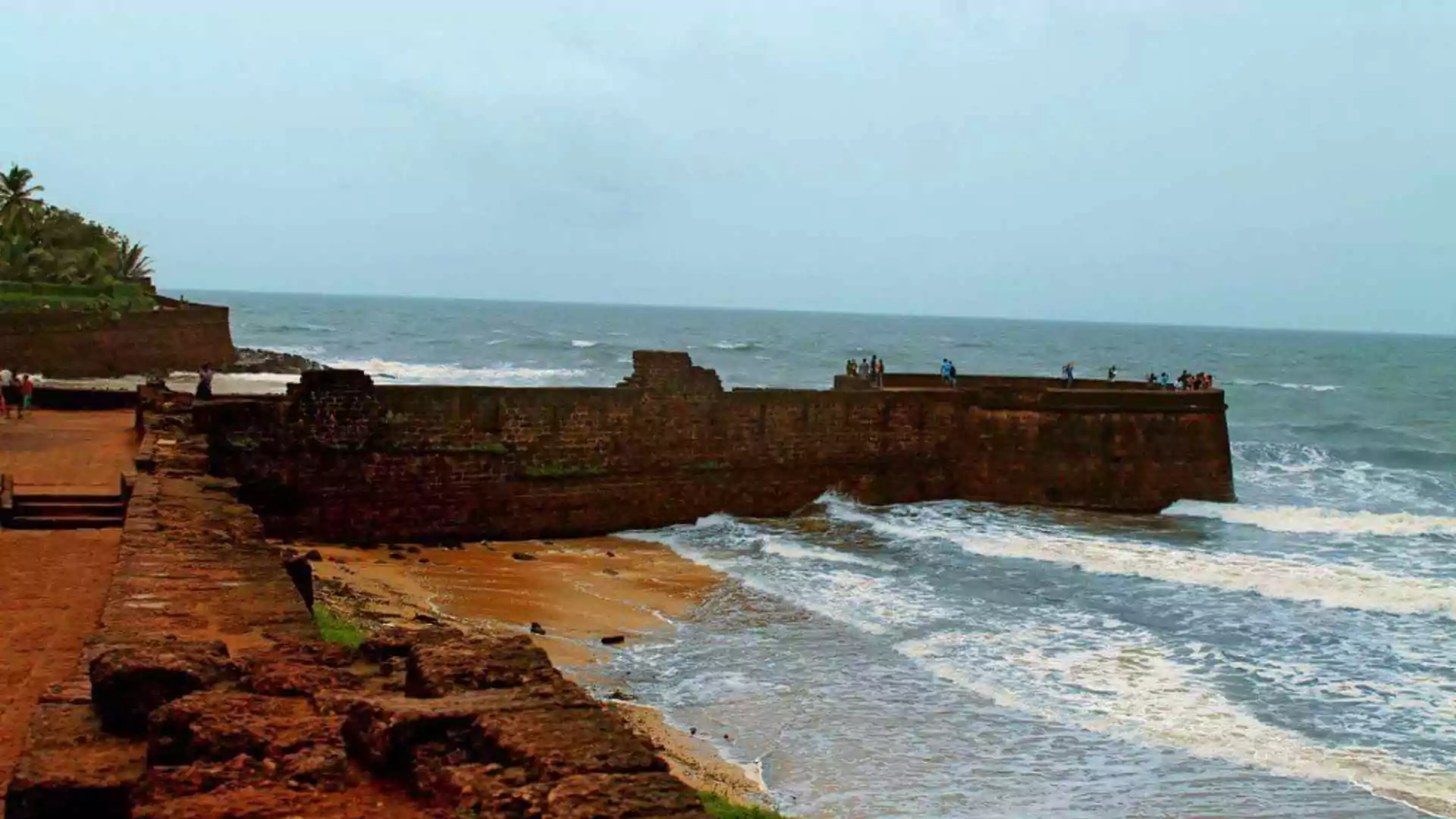Polling in Haryana wrapped up on Saturday, marking a significant moment in the state’s political journey. The results for both Haryana and Jammu and Kashmir will be announced on October 8, with the electorate keenly awaiting insights from the exit polls that will be released following the conclusion of voting in Haryana.
Political Stakes: BJP vs. Congress
The ruling Bharatiya Janata Party (BJP) is vying for a third consecutive term in Haryana, while the Congress party is determined to reclaim its position after a decade in opposition. This election is seen as crucial for both parties, and the outcome will not only affect the state but may also influence the national political landscape.
Past Exit Poll Accuracy: A Mixed Bag
Historically, exit polls in both Haryana and Jammu and Kashmir have yielded varied results, with some effectively forecasting seat distributions while others deviated significantly from the actual outcomes. In the 2014 Haryana elections, the BJP achieved a remarkable voter turnout of 76.54%, securing 47 seats. Pollsters had anticipated a solid performance from the BJP, with predictions ranging from 37 to 52 seats.
However, the landscape shifted in 2019, where exit polls had projected a sweeping victory for the BJP, expecting the party to claim more than 70 seats. Contrary to these predictions, the election culminated in a hung Assembly, with the BJP emerging as the single largest party with only 40 seats, a decline from its previous performance.
Haryana: A Closer Look at Previous Elections
In the 2014 elections, the BJP ended the Congress’s decade-long rule, with most exit polls predicting a close call for the Safron party. The average of these polls suggested the BJP would fall just short of the majority mark. However, they ultimately secured 47 seats, while Congress managed 15, indicating a significant deviation from earlier predictions.
Conversely, the 2019 elections saw pollsters err in their forecasts, miscalculating the BJP’s performance by as much as 21 seats and underestimating Congress’s tally by 13. The varied accuracy of these polls raises questions about their reliability in forecasting electoral outcomes.
Jammu and Kashmir: Historical Context
Turning to Jammu and Kashmir, the last assembly election occurred in 2014, when exit polls predicted a hung assembly, favoring the Peoples Democratic Party (PDP) ahead of its rivals. However, the PDP emerged as the largest party, winning 28 seats, followed closely by the BJP with 25, underscoring the discrepancies often seen in exit poll predictions.
The Jammu and Kashmir elections, held after a decade-long hiatus in three phases from September 18 to October 1, recorded a voting percentage of 63.45%, surpassing the turnout from recent Lok Sabha elections.





















